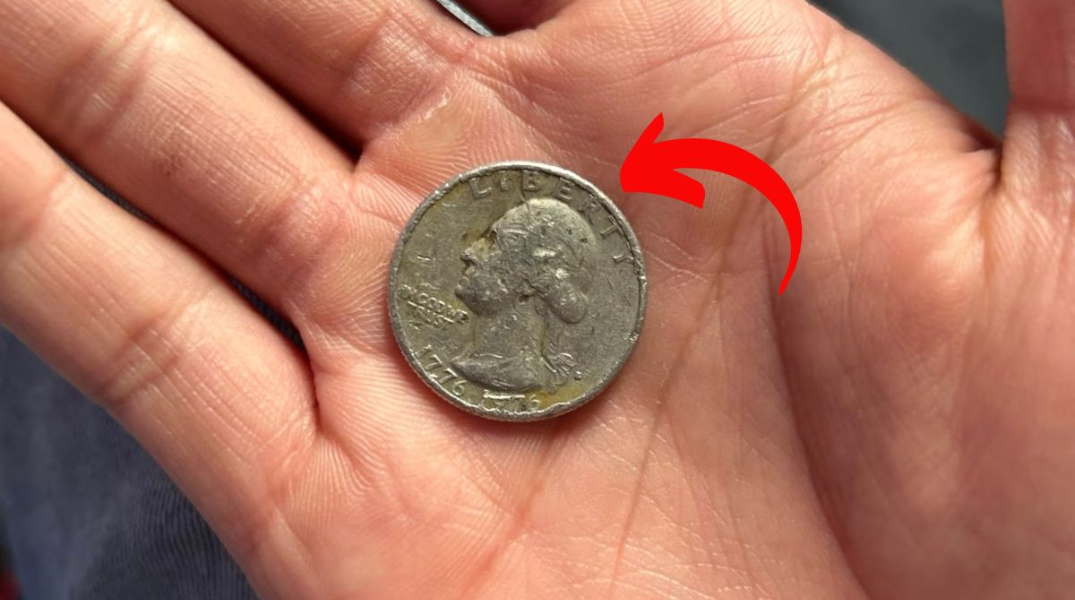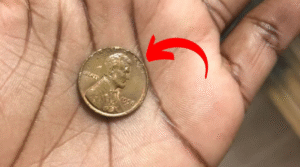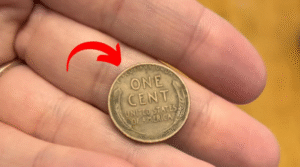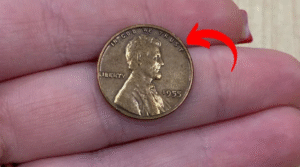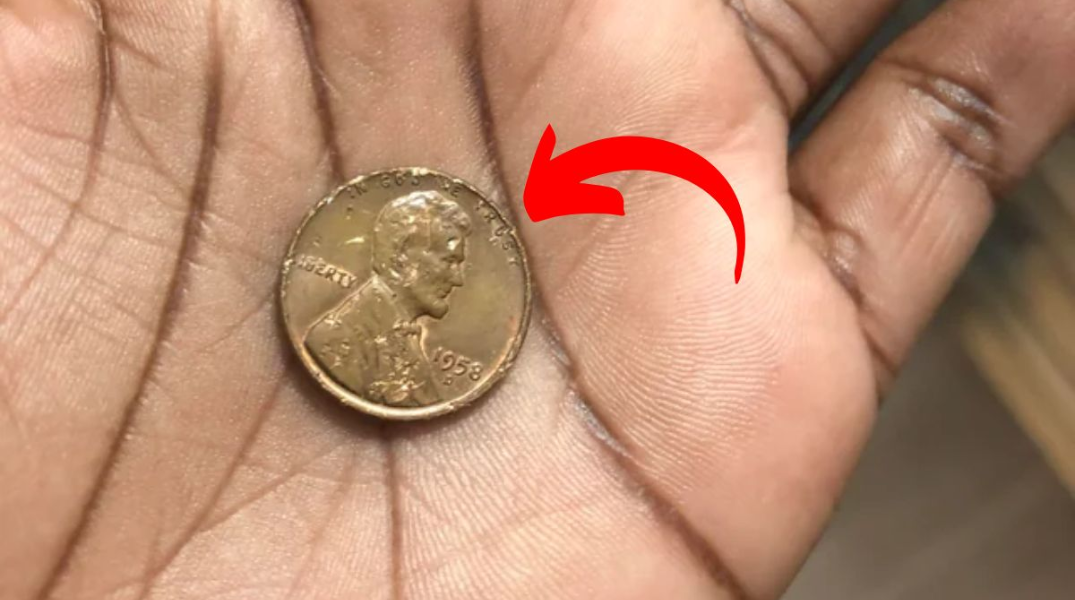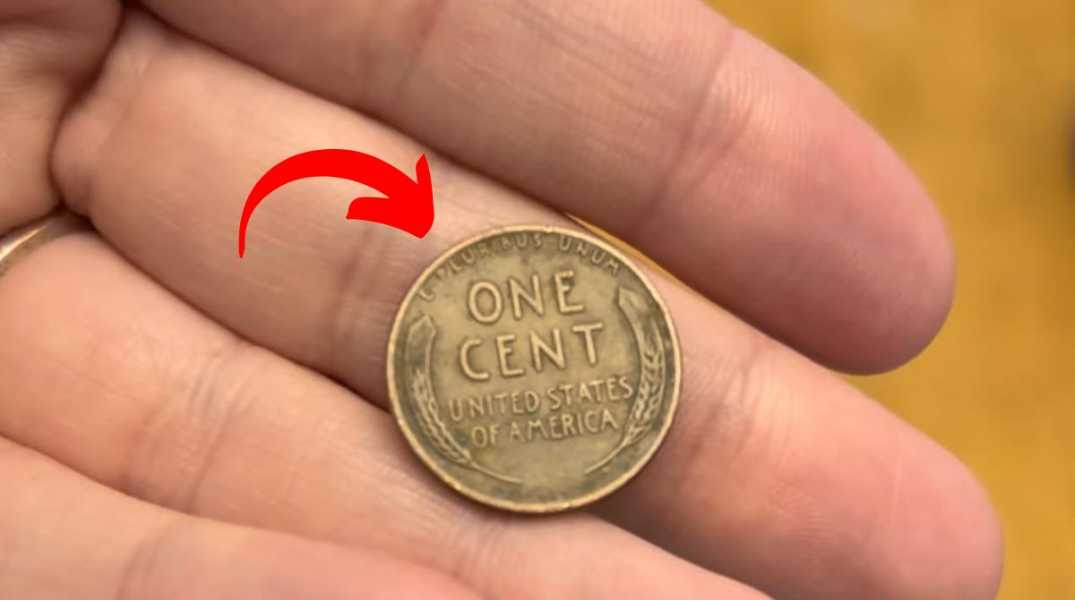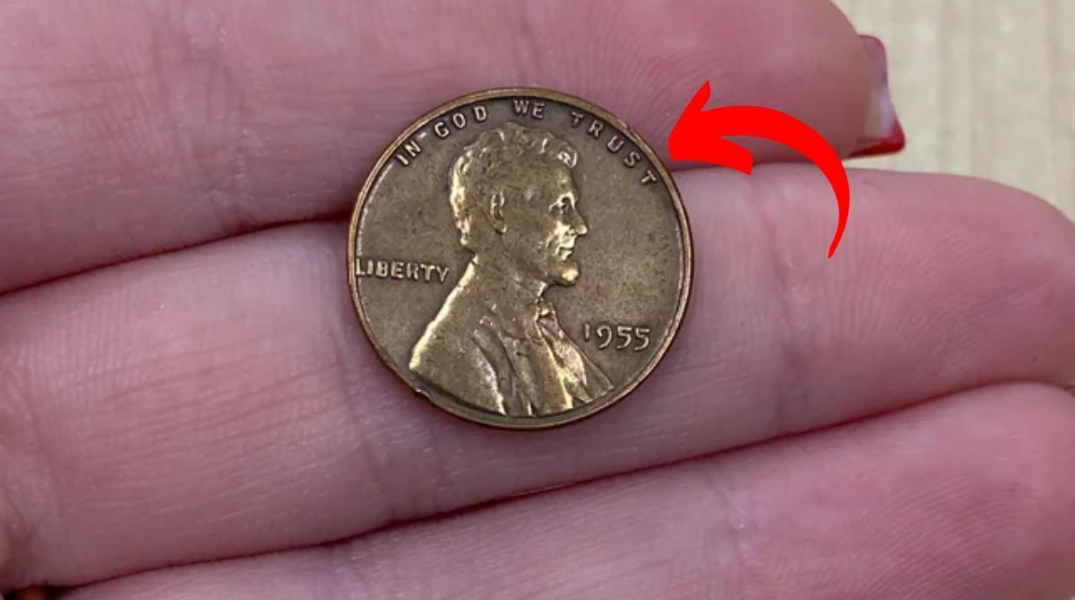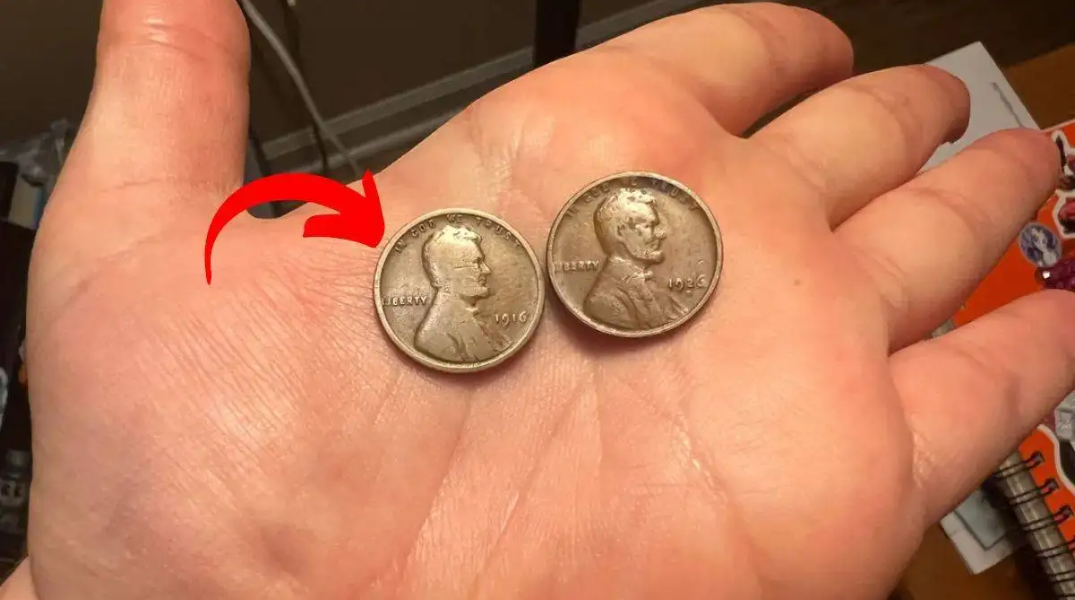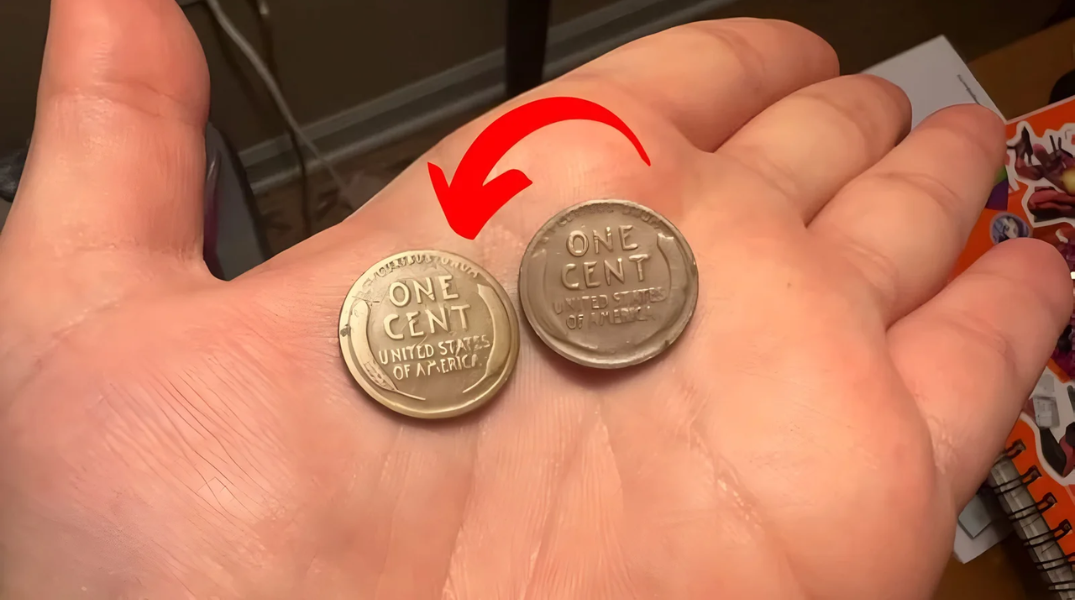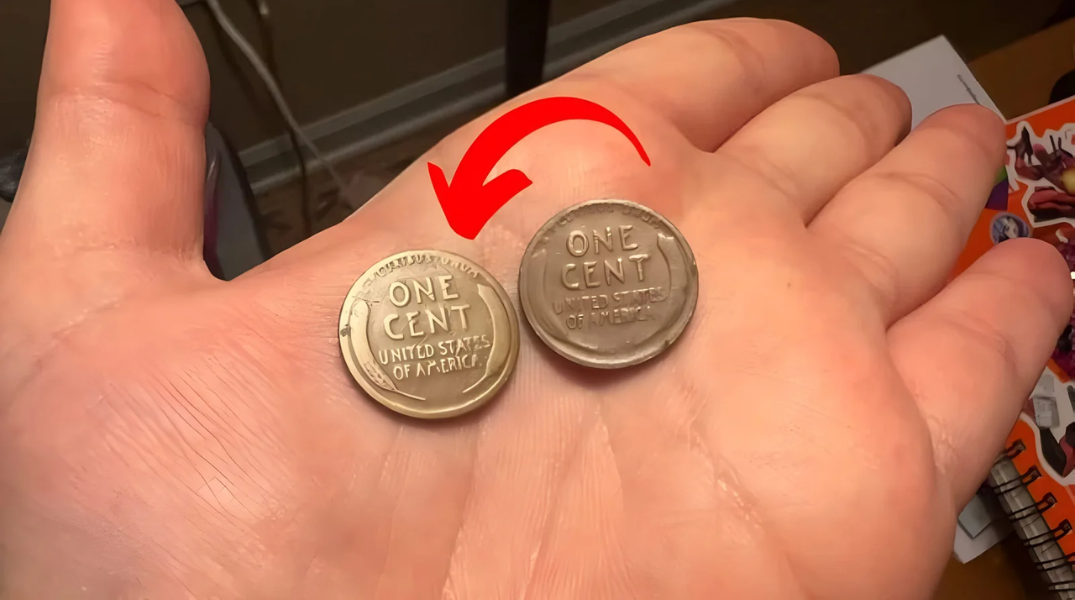The Lincoln Wheat Penny Valued at $1.8 Million – Most of us don’t think twice about a penny. It’s the smallest coin in circulation, often left forgotten in car cup holders or coin jars. But what if one of those humble cents was worth a fortune? For collectors and treasure hunters, the Lincoln Wheat Penny—especially the elusive 1943 copper version—has become the stuff of legend. Although headlines touting values like “$1.8Million” are wildly overstated, the truth behind this coin’s value is still extraordinary and well worth knowing.
A Penny That Changed U.S. Coinage Forever
The Lincoln Wheat Penny wasn’t just another coin when it debuted in 1909. It broke new ground as the first circulating U.S. coin to feature a real person—President Abraham Lincoln. Prior to that, U.S. coins displayed allegorical figures like Lady Liberty. Designed by Victor David Brenner, the obverse (front) showcased Lincoln’s profile, while the reverse featured two wheat stalks, symbolizing America’s farming roots.
These pennies circulated until 1958, after which the reverse design was changed to the Lincoln Memorial. Millions were minted, yet a select few stand out—and not because of how they were supposed to be made, but because of a historic accident.
The Wartime Error That Made Coin History
During World War II, copper was in high demand for ammunition and electrical components. To save metal for the war effort, the U.S. Mint began producing pennies out of zinc-coated steel in 1943. But a few copper planchets from 1942 were mistakenly used in the minting process. The result? A tiny number of 1943 copper Lincoln Wheat Pennies entered circulation—by accident.
These coins, numbering fewer than 20 known specimens, are now among the most sought-after minting errors in U.S. numismatic history.
Is It Really Worth $1.8Million?
Let’s clear the air: while $1.8 Million headlines make for great clickbait, no 1943 copper penny has ever sold for anything remotely close to that number. The highest verified sale happened in 2010, when a pristine example sold for $1.7 million.
Other verified sales have ranged from around $204,000 to $336,000. The 1943-D copper penny (minted in Denver) is rarer still, with just one known example—and it’s valued at over $1 million.
So, while you’re unlikely to become a billionaire off a penny, a six-figure payday isn’t out of the question if you’ve got the real thing.
What to Look for in Your Change Jar
So, how can you tell if you’ve stumbled upon a valuable penny? Here are the telltale signs:
- Wheat stalks on the reverse: Confirms it’s a Lincoln Wheat Penny (1909–1958).
- Date: 1943 is the jackpot year for copper. Also keep an eye out for other valuable years like 1909-S VDB, 1914-D, and 1922 Plain.
- Color: A real 1943 copper penny should have a bronze hue—not silvery like the standard steel version.
- Magnet test: Steel cents stick to magnets. Copper ones don’t.
- Weight: Copper pennies weigh about 3.11 grams; steel ones are lighter at around 2.7 grams.
What Determines the Value?
Two main factors decide the value of a coin:
- Rarity: The fewer known examples exist, the higher the value.
- Condition: A rare penny in poor shape might fetch a few hundred dollars. In mint or near-mint condition, it could be worth six figures.
Coins are graded on a scale from 1 (Poor) to 70 (Perfect Mint State). Collectors will pay a premium for coins that look as if they were minted yesterday.
Fascinating Finds in Everyday Places
Some of the rarest Lincoln pennies have surfaced in the unlikeliest locations. One turned up in a school cafeteria; another was found in a roll of pennies from the bank. A third was discovered in a grandfather’s forgotten coin collection. These surprise discoveries keep collectors and casual searchers combing through their coins with hope.
The Story Behind the Copper: A Wartime Snapshot
Beyond value, these coins tell a story. The 1943 copper penny symbolizes America’s wartime ingenuity and industrial might. It reflects a time when the country rallied around a shared cause, even down to its smallest unit of currency. Each penny is a tiny relic of a nation’s history, passed through countless hands during major events like the Great Depression and WWII.
Watch Out for Fakes
As with any high-value collectible, counterfeiters are a problem. Some crooks plate steel pennies in copper or tamper with the date on less valuable coins. Others even alter 1945 or 1948 pennies to look like 1943s.
Before buying or selling, always consult a professional numismatist or have your coin authenticated through a reputable grading service like:
- Professional Coin Grading Service (PCGS)
- Numismatic Guaranty Corporation (NGC)
Frequently Asked Questions (FAQs)
Q: How can I tell if my 1943 penny is made of copper or steel?
A: Try the magnet test! Steel pennies will stick to a magnet; copper won’t. Also, check the color—copper ones are brownish, while steel ones look silvery.
Q: How many 1943 copper pennies exist?
A: Fewer than 20 authentic examples are known to exist today.
Q: What is the most valuable Lincoln Wheat Penny ever sold?
A: A 1943 bronze (copper) penny sold for $1.7 million in 2010.
Q: Are all 1943 pennies valuable?
A: No. Most 1943 pennies are made of steel and are worth just a few cents to a few dollars unless in pristine condition.
Q: What’s the best way to verify if my penny is valuable?
A: Have it examined and graded by a professional coin grading service like PCGS or NGC.
Q: Could I still find a 1943 copper penny in circulation today?
A: While extremely rare, it has happened. That’s what keeps collectors searching.
Final Thoughts
While the odds of finding a million-dollar penny are slim, the story behind the Lincoln Wheat Penny is captivating and deeply rooted in American history. Whether you’re a seasoned collector or a casual coin-checker, the thrill of the hunt and the connection to the past make every penny just a little more interesting.
So the next time you’re handed some change, give that old cent a second look—you never know what history (or hidden treasure) you might be holding.
